In the cultures which evolved in locations where the Baobab grows, it is not just a tree, but a sacred link to the past and an essential part of the cultures where it grows, a symbol of strength, wisdom, health, long life, and beauty.
THE AFRICAN UPSIDE-DOWN TREE
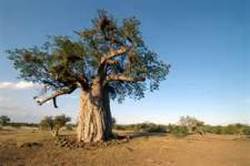
Every part of the tree can be used, which the primary reason it is called the tree of life. It's fruit, bark, roots, and wood provide innumerable products used by the native African peoples for thousands of years. Food, red dye, Vitamin C, medicine, rope and strings for musical instruments. Canoes are carved from the wood. The list goes on and on.
AND A PARTRIDGE IN A BAOBAB TREE
Just to tie this blog in with the season, the Baobab in southern Africa has, to some extent, replaced the pine Christmas tree in shopping centers and home decorations.
Africa abounds with legends about the baobab. According to Baobab.com, this is one of the most common.
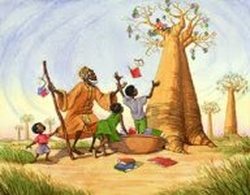
In a strongly worded invocation to the creator, the baobab complained about the bad deal it'd been given. This impertinence had no effect: Following a hasty reconsideration, the deity felt fully satisfied. Relishing the fact that some organisms were purposefully less than perfect, the creator demanded to know whether the baobab found the hippopotamus beautiful, or the hyena's cry pleasant, and then retired in a huff behind the clouds.
But back on earth, the barrel-chested whiner neither stopped peering at its reflection nor raising its voice in protest. Finally, an exasperated creator returned from the sky, seized the ingrate by the trunk, yanked it from the ground, turned it over, and replanted it upside-down.
And from that day since, the baobab has been unable to see its reflection or make complaint. For thousands of years, it has worked strictly in silence, paying off its ancient transgression by doing good deed for people."
Most of the trunks I saw weren't anywhere the girth of the tree in the photo above, and some of the African baobab don't get that tall. I took the photo on the right in the rainforest next to Victoria Falls.
IT'S DIFFERENT IN MADAGASCAR
There are six different species of baobab tree, some of which are very different from their African neighbors. Take a look at the photos of the below of the Giant Madagascar Baobab, and you'll understand my apology. This is where the 90 to 100 feet in height kicks in.
There are six different species of baobab tree, some of which are very different than the African variety. Take a look at the photos and you'll understand my apology. This is where the 90 to 100 feet in height kicks in. Below are Giant Madagascar Baobab.
All species have trunks which are mostly hollow and rely on a system of hydraulic pressure to stay upright. The wood is porous and retains water, the extensive root system remains close to the surface for better water absorption.
Resources
http://amazinglist.net/2013/03/baobab-tree-adansonia-gregorii/http://baobab-tree-of-life.blogspot.com/2010/04/antioxidant-baobab.html
http://baobab-tree-of-life.blogspot.com/2010/04/legends-of-baobab-tree.html
http://www.ehow.com/info_8219711_baobab-tree.html
http://www.baobab.com/baobab-fruit-pulp/legends-of-the-baobab-tree/
http://www.baobab.com/baobab-fruit-pulp/the-baobab-tree-in-african-landscape/
http://www.baobabppc.org.za/home/item/1-myths-legends
http://www.gather.com/viewArticle.action?articleId=281474977821078
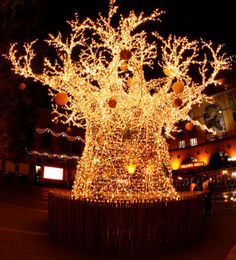
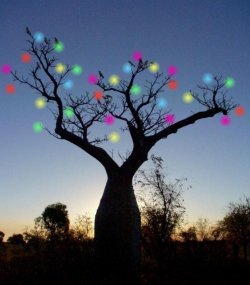
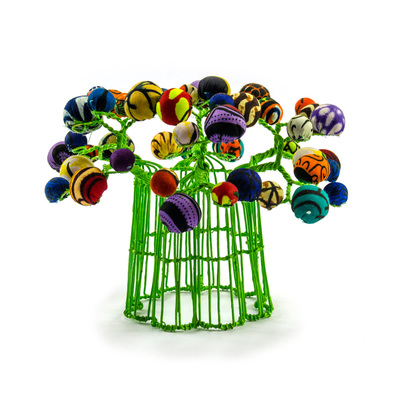
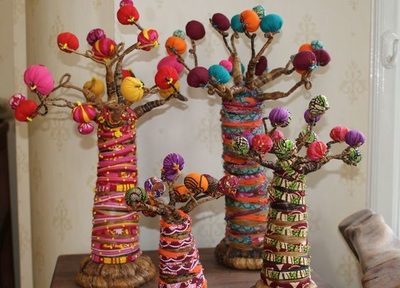
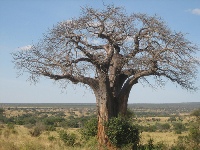
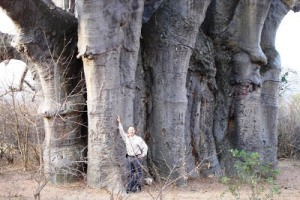
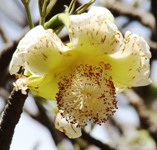
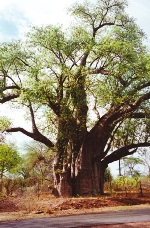
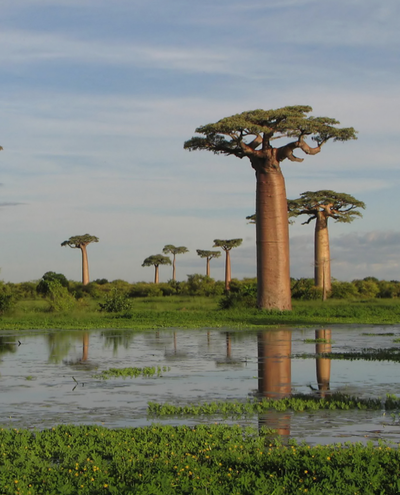
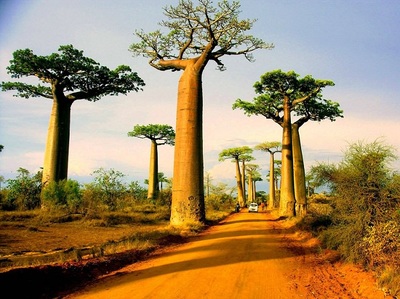

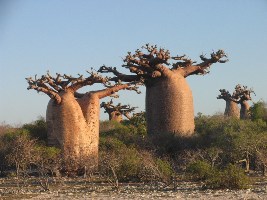
 RSS Feed
RSS Feed